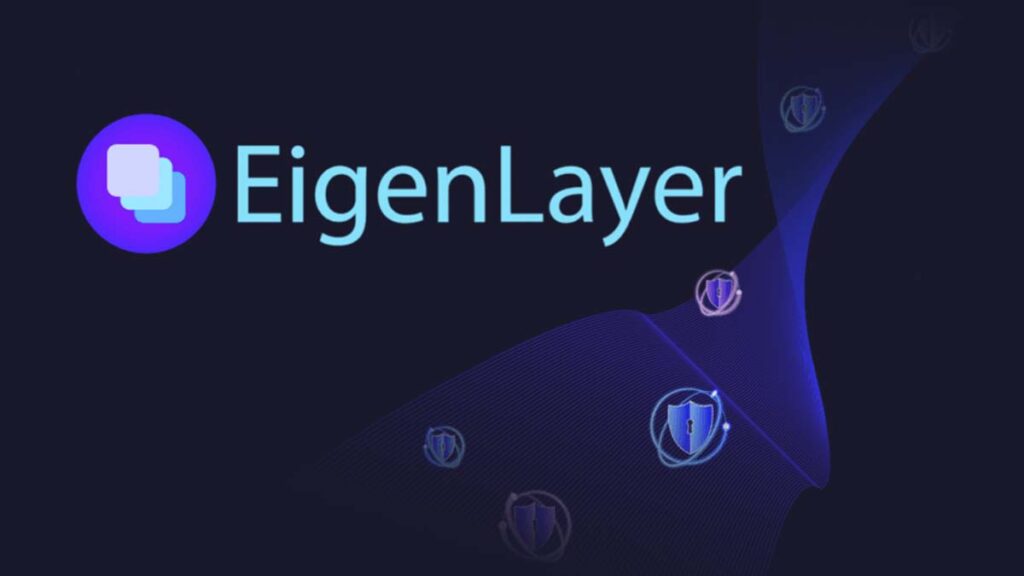TL;DR
- EigenLayer launches its AVS on the mainnet, ushering in the restaking era.
- Liquid Resttaking Tokens (LRTs) are emerging as the main avenue for restorers.
- The liquidity of LRTs becomes crucial due to the seven-day withdrawal period on EigenLayer.
EigenLayer has taken a significant step by launching its Actively Validated Services (AVS) service on mainnet, ushering in a new era in the world of restaking.
Liquid Resttaking Tokens (LRTs) are establishing themselves as the preferred option for restorers, representing more than 73% of all deposits on EigenLayer to date.
— Kairos Research (@Kairos_Res) April 9, 2024
The concept of restaking has gained popularity by allowing users to efficiently reinvest their ETH, either directly or through liquid staking tokens (LSTs).
LRTs, in particular, have been noted for their ability to reduce the opportunity cost associated with staking, offering liquid receiving tokens that represent the user’s staked ETH amount.
This liquidity is vital, especially considering the seven-day withdrawal period on EigenLayer, which can make rapid capital outflows difficult.
As the restaking ecosystem evolves, LRT liquidity becomes even more crucial.
The availability of liquidity in these tokens ensures that they can be easily exchanged for their underlying assets without significantly affecting market prices.
This is given the continued growth of EigenLayer and the expectation of greater restaking adoption
Detailed analysis of the liquidity profiles of various LRTs highlights the importance of this metric for the stability and confidence in these tokens.
While some LRTs show strong liquidity, others are still in the process of improving their liquidity profiles to ensure an optimal experience for users.
In addition to liquidity, the article also addresses the importance of the peg (value ratio) stability of LRTs with their underlying assets, highlighting how this influences market sentiment and arbitrage actions.
The broader integration of LRTs into the DeFi ecosystem is expected to further increase their importance, especially in lending markets where LSTs are already significant collateral assets.
Liquidity and peg stability emerge as critical factors for the continued success of Liquid Restaking Tokens in the ever–evolving DeFi landscape.
Projects like EigenLayer and other LRT providers will need to focus on improving liquidity and maintaining strong peg stability to ensure sustained user trust and engagement on their platforms.











